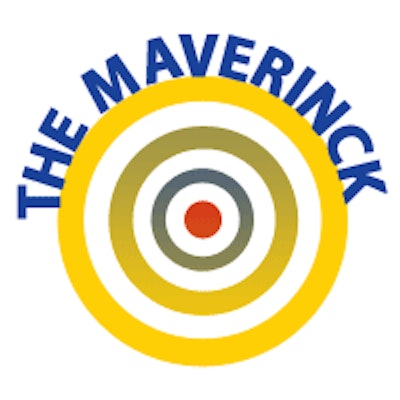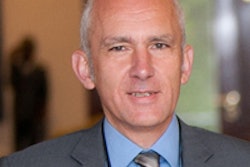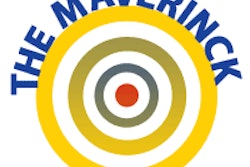
We need a new paradigm for radiological and medical papers -- how they should be planned, thought about, written, and published. We need at least an order of magnitude less publications, more substantial scientific papers, and more profound and more thorough review articles. We do not need the quantity of scientific trash with which we are confronted today in "high-impact" and lesser impact journals.
When I discussed this recently with some people, somebody told me: "There must be more tolerance." Why should one tolerate such foolish discourses, to say the least? The response was: "Because there is no other way. You won't change the world -- anyhow nowadays all journals are digital; there is enough space for these publications on the Internet."
 Dr. Peter Rinck, PhD, is a professor of diagnostic imaging and the president of the Council of the Round Table Foundation (TRTF) and European Magnetic Resonance Forum (EMRF).
Dr. Peter Rinck, PhD, is a professor of diagnostic imaging and the president of the Council of the Round Table Foundation (TRTF) and European Magnetic Resonance Forum (EMRF).
Before the discussion went the way of many discussions -- changing the subject in order not to answer the question asked -- I brought up the topic again: The question was not whether in the future we'll publish inferior papers digitally or in print, or whether the tools to transmit information and opinion (true print versus simulated, virtual print) are good or bad. This was irrelevant in this context.
The solution to our problem must focus on quality, reliability, and applicability of content. "Here today, gone tomorrow" might be the approach to life and profession for some, but must not apply to medicine or academic teaching, education, studies, and research.
Who needs articles such as "Seven cases of ingrown toenails at 7 tesla?" What impact will such a paper have on solid research, daily clinical radiology, continuing education, or patient care? Who reads this stuff? Who cares?
No regular radiologist. No regular physician. I know publishers of scientific books who do not read the books they publish; which is fine, because most likely they wouldn't understand the contents anyway. However, I also know editors in chief of high-impact journals in the field of medical imaging who do not read the papers submitted, not even those finally accepted for publication. They admit that they don't have the time, the drive -- or the interest.
Many papers are needed by the people writing them for their curriculum vitae or to get grants; by the editor to fill his (less often her) journal; by the publisher to sell it; by Thomsen-Reuter to sell its lists of impact factors. It's a world of its own, segregated from patient care and academia, tempted to manipulate scientific content. The people profiting directly from these mountains of articles are those publishing them to get money from authors or subscribers, and those seeing and using them as career vehicles -- people who have mutual interests in the commercial aspects of healthcare but not in science or medicine.
Why do we have to cope with unsystematic, irreproducible, incomplete, biased, cleaned, even fake articles? Can you trust the papers published in the "good" journals of the major societies? No.
The real problem is not necessarily getting on the gravy train -- the real problem is the overall culture. But even worse is the craving for admiration with all the fuss of the alleged significance. If crookedness and dishonesty are inherent to the system, one has to change the system radically -- or wait for its implosion.
Peer reviewers, editors in chief, and publishers must be the ultimate arbitrators of the content of the papers they admit and publish. Perhaps some professional societies realize now that outsourcing their journals to one of the big publishing houses was not as clever as they thought. They have lost control of the editorial site and financial aspects have completely taken over.
I am completely aware that more factors need to be taken into account than those mentioned in this column. Still, those in charge, for instance in professional societies, should understand what we all are faced with. Otherwise they might lose their readers and authors -- and their sinecure.
If somebody gets the right idea, motivation, and drive, he might clean up and take over the good scientific or educational publications of an entire medical discipline -- perhaps even without turning it into a money-making enterprise -- making a fool of all others.
Dr. Peter Rinck, PhD, is a professor of diagnostic imaging and the president of the Council of the Round Table Foundation (TRTF) and European Magnetic Resonance Forum (EMRF).
The comments and observations expressed herein do not necessarily reflect the opinions of AuntMinnieEurope.com, nor should they be construed as an endorsement or admonishment of any particular vendor, analyst, industry consultant, or consulting group.



















